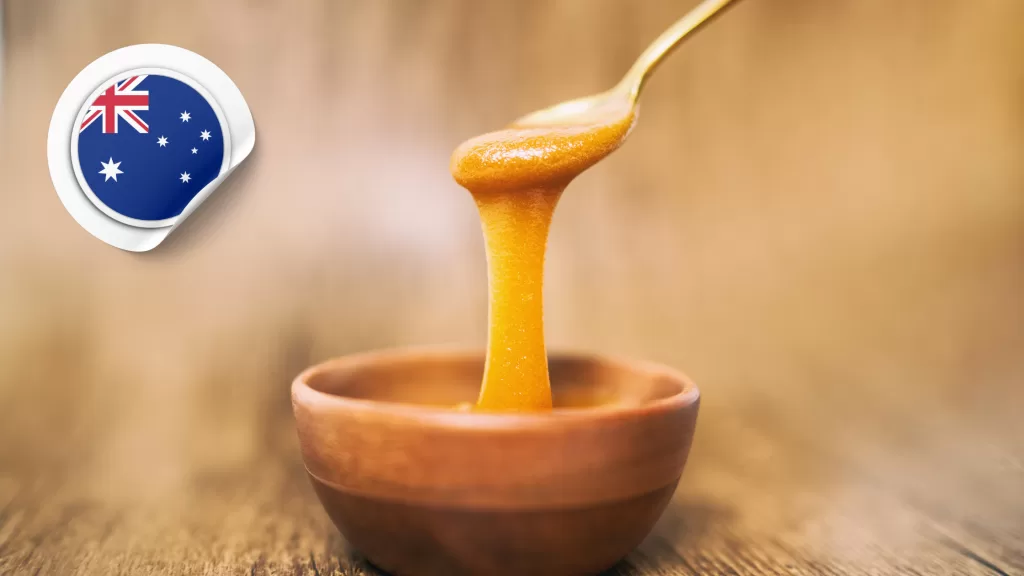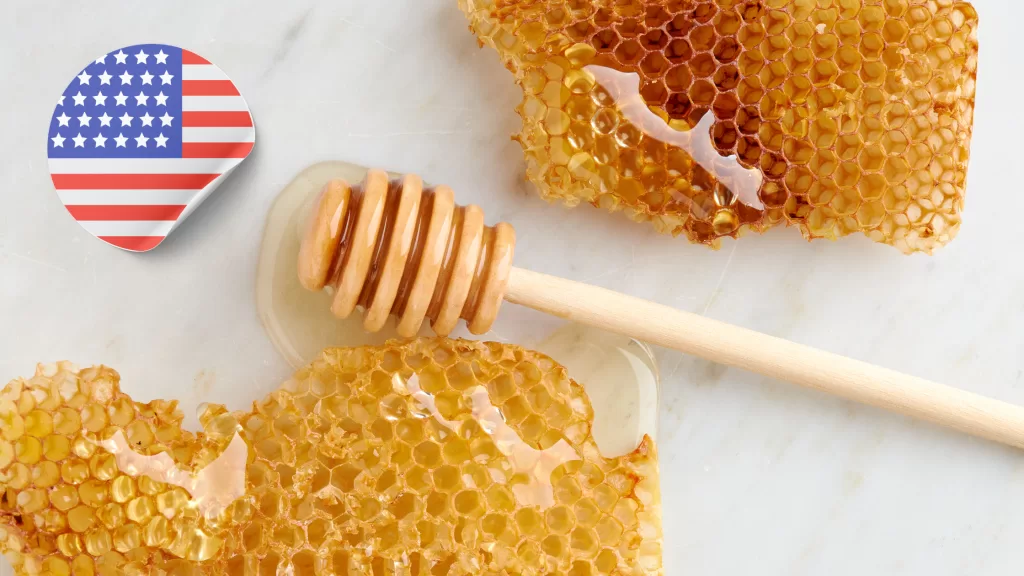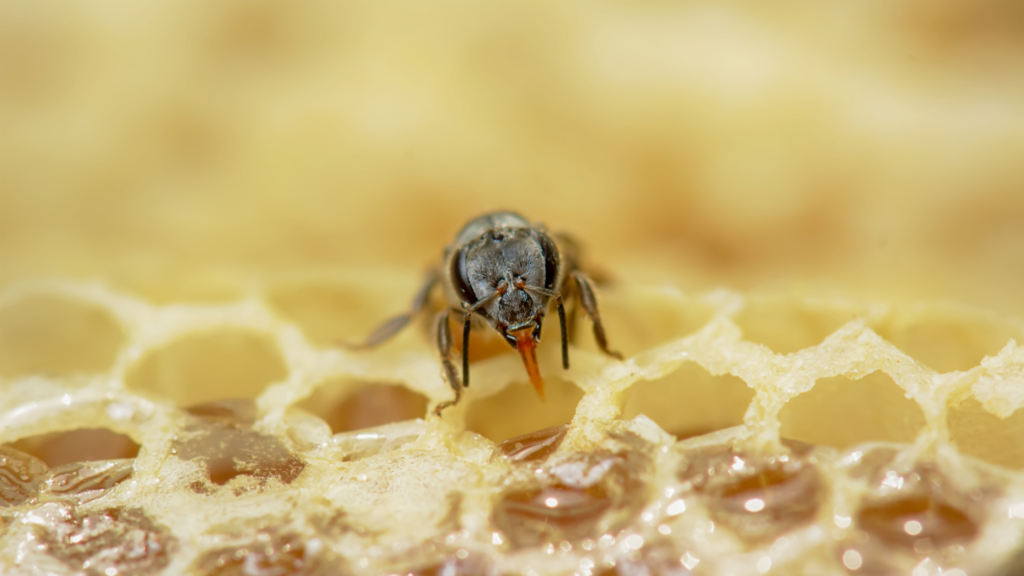Beekeeping Basics
Beekeeping 101: A Beginner's Guide to Apiculture
🐝 Welcome to the buzzworthy world of beekeeping! 🌼 Whether you’re a novice apiarist or a seasoned bee enthusiast, understanding the basics is the key to fostering healthy hives. 🍯 Dive into the hive with us as we explore the essentials of beekeeping, from setting up your hive 🏠 to nurturing your buzzing companions 🌟. Learn the art of beekeeping 🐝, from queen bee dynamics to hive maintenance 🛠️, and watch your knowledge bloom like a field of wildflowers! 🌸 Let’s embark on this sweet journey together! 🍯✨
Beekeeping Basics:
Beekeeping, also known as apiculture, is the practice of managing honeybee colonies for their honey and other products they produce, such as beeswax, propolis, and royal jelly. Beyond honey production, beekeeping plays a vital role in pollination, contributing to the health and sustainability of ecosystems and agriculture.
GETTING STARTED:
- Learn about the anatomy and life cycle of honeybees.
- Understand the roles of queen bees, worker bees, and drones in a colony.
- Explore the social structure and behavior of honeybees.
- Familiarize yourself with the essential equipment needed for beekeeping, including hive boxes, frames, protective gear, and tools.
- Understand the purpose and function of each piece of equipment.
- Select a suitable location for your beehive, considering factors such as sunlight exposure, wind protection, water source availability, and proximity to neighbors.
- Research local beekeeping regulations and obtain any necessary permits or licenses required in your area.
- Ensure compliance with zoning laws and regulations related to beekeeping.
MANAGING YOUR BEEHIVE:
- Learn how to conduct regular hive inspections to assess the health and productivity of your colony.
- Understand the signs of common bee diseases and pests and how to address them.
- Provide supplementary feeding to your bees during periods of nectar dearth or when starting a new colony.
- Understand the nutritional needs of honeybees and how to ensure they have access to diverse sources of nectar and pollen.
- Learn the proper techniques for harvesting honey while ensuring the well-being of your bees.
- Explore different methods of honey extraction, including using centrifugal extractors or crush-and-strain techniques.
- Understand the factors that contribute to swarming behavior in honeybee colonies.
- Implement swarm prevention strategies to minimize the risk of swarming and manage swarms effectively when they occur.
Beekeeping is a rewarding and fascinating hobby that offers opportunities for learning, exploration, and contributing to environmental stewardship. By understanding the basics of beekeeping and practicing responsible hive management, you can embark on a fulfilling journey as a beekeeper.
Explore More BEEKEEPING BASICS:
🐝 Ready to embark on your beekeeping journey? 🌼 Discover the fundamentals of this ancient craft with our beekeeping basics guide! 🍯 From setting up your hive 🏠 to understanding bee behavior 🐝, we’ll walk you through every step of the process. Learn how to care for your buzzing friends 🌟 and create a thriving hive ecosystem. 🌿 Whether you’re a beginner or seasoned beekeeper, our tips and tricks will help you nurture your colonies and enjoy the sweet rewards of beekeeping! 🌸 Get ready to explore the world of bees and unlock the magic of honey production! 🍯✨
More From The Hive:

A Comprehensive Guide to Australian Honey: Types, Production, and Benefits
Australia is home to some of the world’s finest honey, known for its unique flavors, exceptional quality, and health benefits. Thanks to its diverse flora and pristine natural environment, Australia produces honey that reflects the rich biodiversity of its landscapes. Whether it’s the famous Manuka honey from the Leptospermum trees

An In-Depth Guide to Honey in the United States of America (USA): Types, Production, and Benefits
Honey, one of nature’s sweetest treasures, has been an integral part of human diets and cultures for thousands of years. In the United States of America (USA), honey production is not only a thriving industry but also a testament to the country’s diverse ecosystems. From the tropical blossoms of Florida

The Small Honey Bee (Apis florea): A Comprehensive Guide to One of Nature’s Tiny Pollinators
The Small Honey Bee, scientifically known as Apis florea, is one of the lesser-known species of honey bees, yet it plays a vital role in the ecosystems of Asia and parts of the Middle East. Despite its size, the Apis florea bee is a remarkable pollinator, and its unique biology

Exploring the Sweet Diversity of Canadian Honey: A Guide to Types and Flavors
Canada is home to a rich tapestry of landscapes and climates, each contributing to the unique flavors and types of honey produced across the country. From the prairies of Alberta to the forests of British Columbia, Canadian honey reflects the diverse flora that bees visit. In this blog, we will

The Rock Honey Bee (Apis laboriosa): Guardians of the Himalayan Honey
The Rock Honey Bee (Apis laboriosa) is an awe-inspiring species that thrives in the rugged landscapes of the Himalayas, where it builds massive nests on vertical cliffs. Known for producing highly prized wild honey and for its ability to endure extreme mountain conditions, this bee species has captivated researchers, beekeepers,

The Giant Honey Bee (Apis dorsata): Nature’s Fearless Honey Maker
The Giant Honey Bee, scientifically known as Apis dorsata, is a remarkable species native to South and Southeast Asia. Known for its impressive size, bold temperament, and incredible honey-producing capabilities, this bee plays a crucial role in the ecosystem and supports human livelihoods. Despite its importance, the Giant Honey Bee
